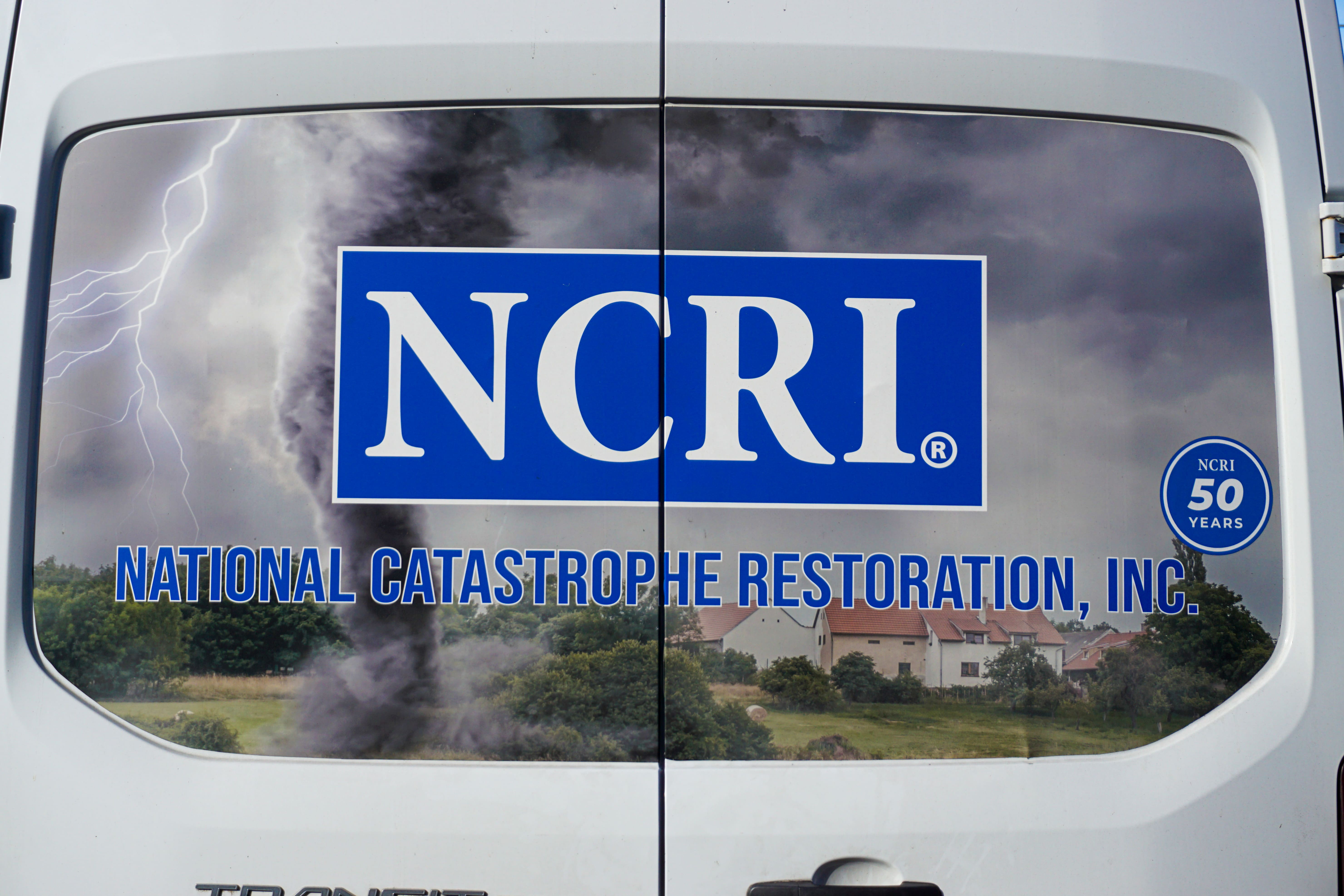Commercial Water Damage: How It Impacts Warehouses, Retail, Healthcare, and Office Properties

Water damage is one of the most disruptive and costly issues for commercial properties. In Kansas City and across the Midwest, aging infrastructure, severe weather patterns, and complex building systems make commercial water losses increasingly common. Whether it is a burst pipe, storm intrusion, or sprinkler system failure, water damage can halt operations, endanger occupants, and lead to significant financial loss if not addressed quickly.
This guide explains how water damage affects various commercial property types—warehouses, retail stores, healthcare facilities, and office buildings—and why rapid professional response is critical.
How Water Damage Impacts Industrial Warehouses
Warehouses are highly vulnerable to even minor water intrusions. Their large structural footprints, high-value inventory, and wide floor drains can accelerate water spread.
Major risks include:
- Damage to inventory, equipment, and raw materials
- Safety hazards from slippery concrete floors
- Disruption of shipping and receiving operations
- Increased humidity that leads to mold growth on stored goods
For warehouse humidity guidelines and safe storage recommendations, refer to the OSHA guidelines for warehouse operations (https://www.osha.gov).
When water affects a distribution center or industrial facility, NCRI deploys large-loss drying equipment, industrial desiccant dehumidifiers, and moisture mapping tools to stabilize the environment quickly.
How Water Damage Disrupts Retail Stores
Retail locations experience significant losses when water damages flooring, merchandise, and customer areas. Because these spaces rely heavily on foot traffic, even a small leak can force a full store shutdown.
Common retail water hazards include:
- Sprinkler system discharges
- Roof leaks caused by storms
- Plumbing failures in restrooms and back-of-house areas
- Failed HVAC condensate lines
Retailers must also comply with safety standards for wet floors and indoor environmental quality. The EPA Building Science resources (https://www.epa.gov/indoor-air-quality-iaq) outline guidelines related to indoor moisture and air quality, which apply directly to retail environments after a water loss.
NCRI provides rapid drying, odor control, and reconstruction to minimize downtime and protect customer experience.
How Water Damage Impacts Healthcare Facilities
Hospitals, clinics, long-term care centers, and medical offices face heightened risks when water intrudes. Even minor moisture can compromise sterile environments, create safety hazards for patients, and damage sensitive medical equipment.
Key concerns unique to healthcare include:
- Indoor air quality and contamination control
- Moisture infiltration into walls, ceilings, and patient areas
- Microbial risks and mold growth
- Disruption of critical services or patient care
The Centers for Disease Control and Prevention (CDC) provides guidance on environmental infection control after water events (https://www.cdc.gov). Healthcare facilities are required to follow strict remediation standards, making professional restoration essential.
NCRI’s healthcare-trained technicians use containment, air filtration, and specialized drying strategies to restore medical spaces with minimal operational disruption.
How Water Damage Affects Office Buildings
Office buildings are especially vulnerable because of the number of materials that absorb water—carpets, ceiling tiles, drywall, and furniture.
Typical causes in office environments include:
- Burst pipes during winter freeze events
- Roof membrane failures
- Window seal leaks on multi-story buildings
- Sprinkler malfunctions during renovations
Excess moisture can create mold conditions within 24–48 hours. The Environmental Protection Agency mold guidelines explain how quickly mold grows and why prompt drying matters (https://www.epa.gov/mold).
NCRI’s commercial response team focuses on moisture mapping, structural drying, and air quality restoration to get employees back to work faster.
Why Fast Mitigation Matters for All Commercial Properties
Across every property type—warehouse, retail, healthcare, and office—one principle stays the same: immediate water mitigation dramatically reduces the total loss.
Key benefits of rapid response:
- Prevents mold growth
- Reduces business interruption
- Protects equipment and inventory
- Lowers overall restoration costs
- Supports faster insurance claim approvals
FEMA’s “Protect Your Property” resources highlight the financial impact of delayed mitigation for building owners (https://www.fema.gov).
With NCRI’s 24/7 national response network, commercial facilities receive immediate help to stabilize the property, remove standing water, and begin the drying and restoration process.
How NCRI Supports Commercial and Large-Loss Restoration
NCRI specializes in commercial, industrial, and large-loss restoration projects nationwide. Our teams are equipped to handle high-complexity environments with specialized equipment and certified technicians.
NCRI services include:
- Emergency water extraction
- Structural and deep drying
- Mold prevention and remediation
- Odor removal
- HVAC cleaning post-water loss
- Full reconstruction and rebuild
- Contents and inventory management
Whether you operate a warehouse, healthcare facility, retail chain, or office campus, NCRI provides scalable solutions to restore operations safely and efficiently.







